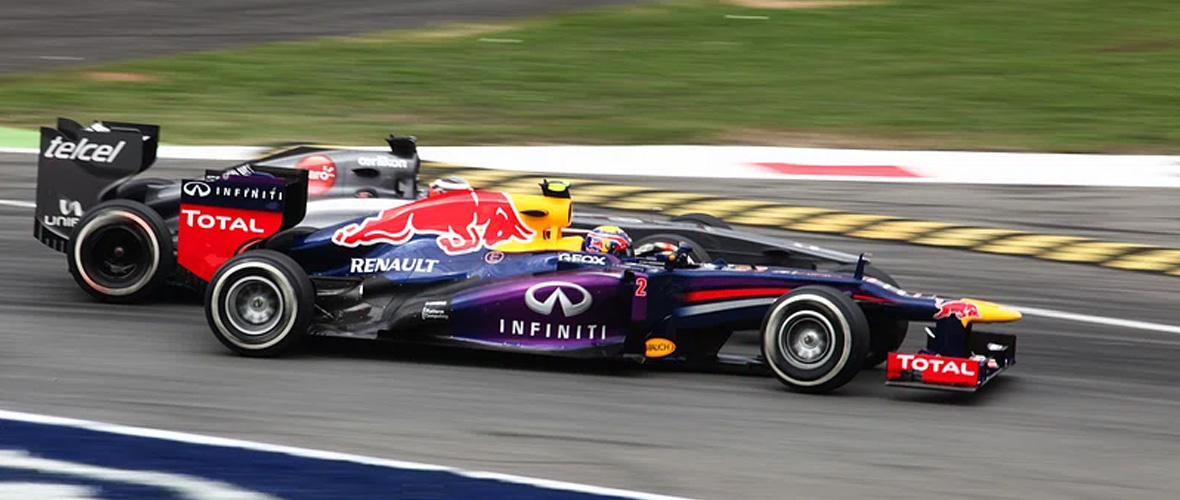🏁 Analysing the 2025 Formula One Season: A Data-Driven Look at the Battle on Track
📍 Introduction
The 2025 Formula One season has delivered high drama, technical evolution, and a shift in dominance. With stable regulations but relentless development, the fight between Red Bull, Mercedes, Ferrari, and a resurgent McLaren has never been tighter.
In this article, we break down the F1 2025 season through the lens of analytics, strategy, and performance metrics, highlighting the key storylines that will shape the championship.
🏆 Constructors’ Championship: Red Bull Leads, But Not Unchallenged
| 🏎 Team | 🥇 Points | 🏁 Wins | 🏆 Podiums | ❌ DNFs | ⏱ Avg Pit Stop |
|---|---|---|---|---|---|
| Red Bull Racing | 346 | 6 | 10 | 1 | 2.49 sec |
| Mercedes | 298 | 3 | 8 | 2 | 2.61 sec |
| Ferrari | 282 | 2 | 9 | 2 | 2.55 sec |
| McLaren | 251 | 1 | 6 | 1 | 2.63 sec |
While Red Bull maintains a lead, their margin is slimmer than last season. Ferrari’s consistency and Mercedes’ strategic ingenuity have made the title race more dynamic than anticipated.
👨✈️ Driver Showdown: Verstappen Under Pressure
| 👤 Driver | Team | 🏆 Wins | 🥇 Poles | ⏱ Fastest Laps | 🧮 Points |
|---|---|---|---|---|---|
| Max Verstappen | Red Bull | 5 | 4 | 3 | 190 |
| Lewis Hamilton | Mercedes | 2 | 3 | 2 | 168 |
| Charles Leclerc | Ferrari | 2 | 2 | 1 | 161 |
| Lando Norris | McLaren | 1 | 1 | 2 | 152 |
Max Verstappen still sets the pace, but Hamilton and Leclerc have managed to exploit specific track characteristics and weather windows. Norris, meanwhile, is arguably the most improved driver in terms of consistency and tire management.
🔍 Key Metrics: Where Races Are Won
🧪 Performance Indicators
- Qualifying Gap to Teammate: Highlights raw one-lap pace.
- Race Pace Deviation: Measures tire/fuel management skill.
- Pit Strategy Success Rate: % of pit sequences that gain positions.
| Driver | Avg Race Pace Deviation (s/lap) |
|---|---|
| Verstappen | +0.00 |
| Hamilton | +0.03 |
| Leclerc | +0.05 |
| Norris | +0.06 |
| Russell | +0.07 |
These small margins show how every tenth of a second counts, especially when pit windows and tire stints vary between 0.1s/lap and 0.5s/lap in delta.
🧠 Tactical Trends: From DRS to Safety Cars
- 🔽 DRS Effectiveness: Down 7% compared to 2024 due to rear-wing regulation tweaks.
- 📈 Undercut Power: Stronger than ever — avg gain is 3.2s vs. overcut.
- 🚨 Safety Cars: Appear in 67% of races, reshuffling race strategies.
Modern F1 is more about adaptability under uncertainty than raw speed. Teams like Mercedes are thriving in races where strategy changes late due to virtual safety cars or surprise rain.
🧠 Strategy Spotlight
- 🟥 Red Bull continues early-stopping strategies to manage tire deg.
- 🟨 Ferrari uses overcuts to protect track position when in front.
- 🟦 Mercedes often splits strategies between drivers to cover all scenarios.
Radio Insight:
“Box now, box now — we can undercut both Ferraris.” – Red Bull to Verstappen, Imola GP
🚀 Midfield Movers and Rookies to Watch
Midfield Teams’ Progress
| Team | Q3 Appearances | Avg. Qualy Pos | Retirements |
|---|---|---|---|
| Alpine | 4 | 12.3 | 3 |
| Aston Martin | 5 | 11.9 | 2 |
| Haas | 2 | 15.8 | 4 |
| Williams | 3 | 14.2 | 2 |
Spotlight: Ollie Bearman
The Haas rookie has impressed in qualifying but is still adjusting to tire degradation and long-run race balance.
🏁 Conclusion: A Season of Fine Margins
With ten races still to go, nothing is settled. This season will be decided not just by race pace, but by:
- 🛞 Tire management
- ⏳ Split-second strategy calls
- 📊 Real-time data analytics
“This isn’t just racing — it’s chess at 200 mph.”
🧮 Data Sources: F1.com, RaceFans, AWS F1 Insights, The Race, Motorsport Stats.

